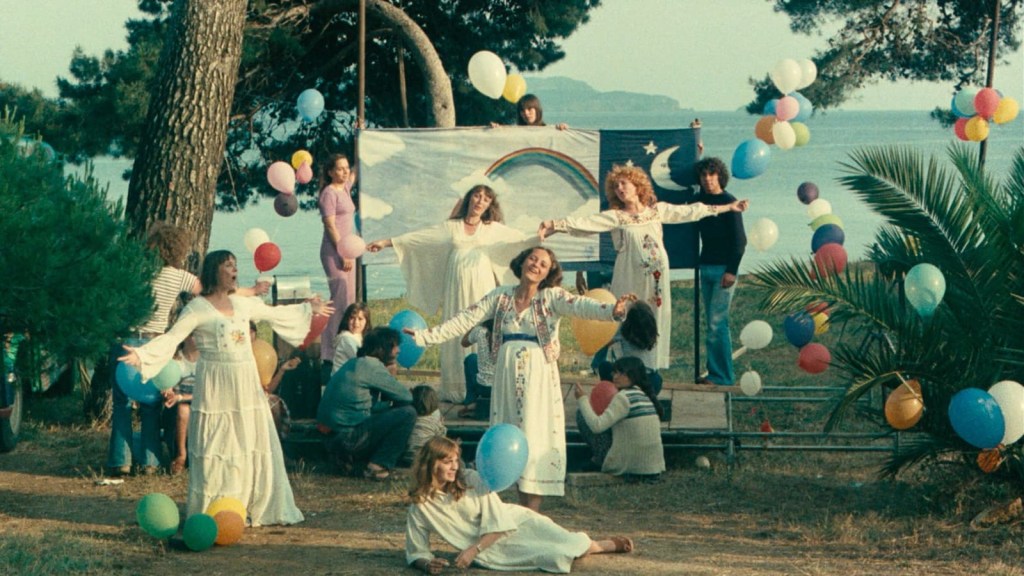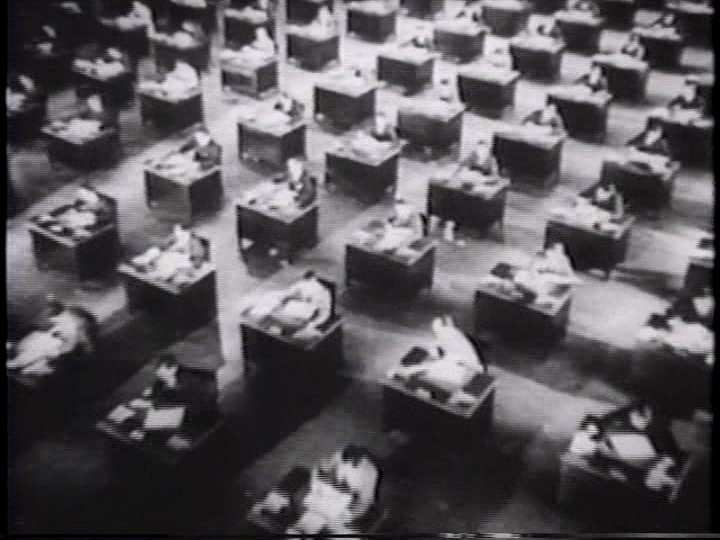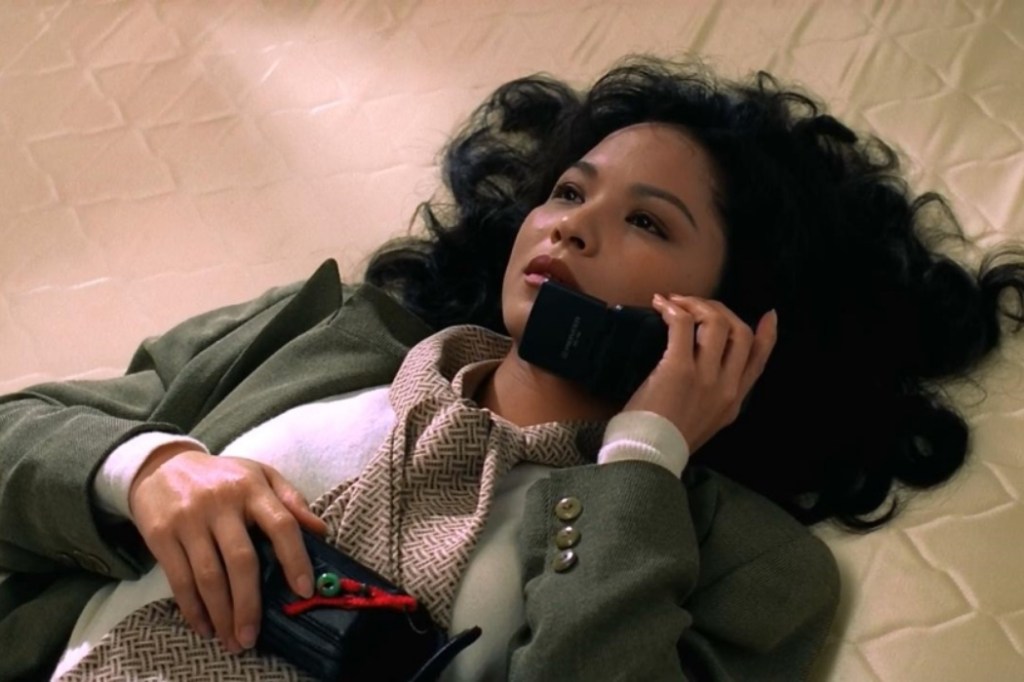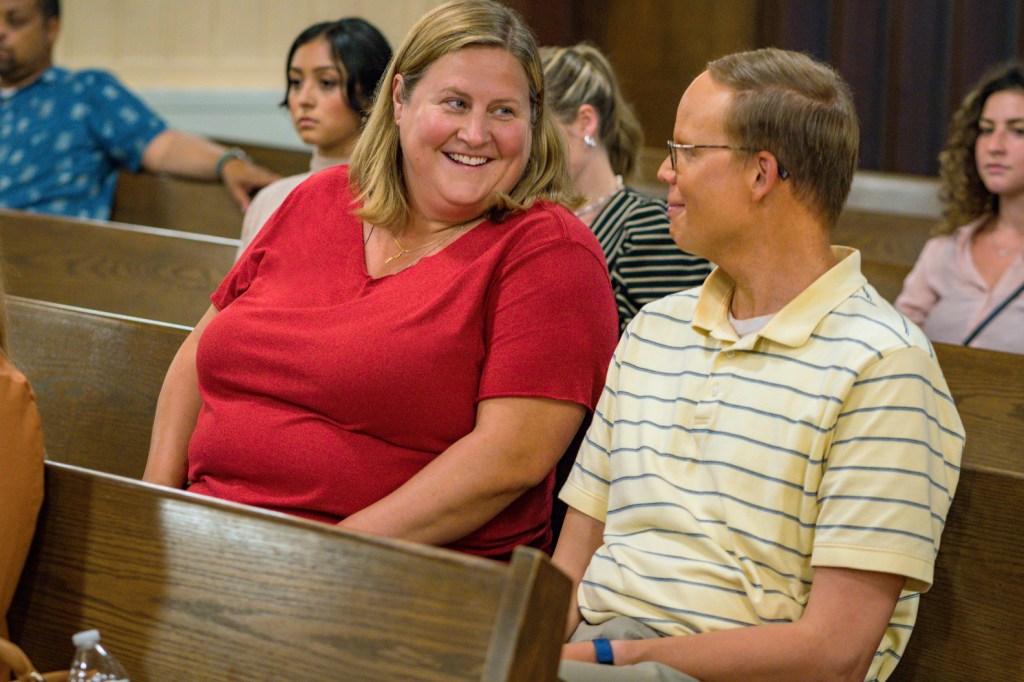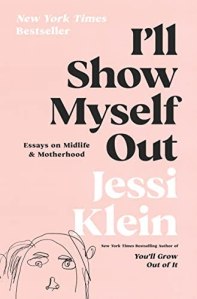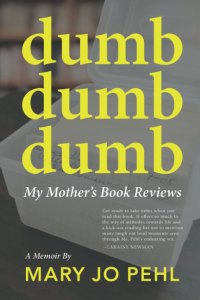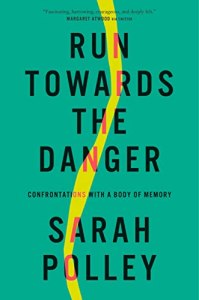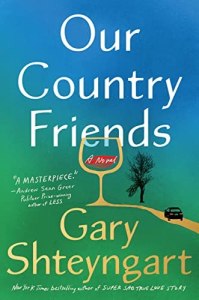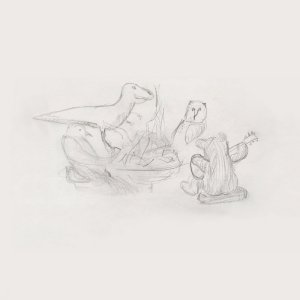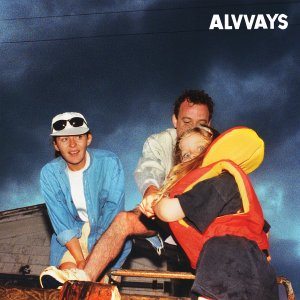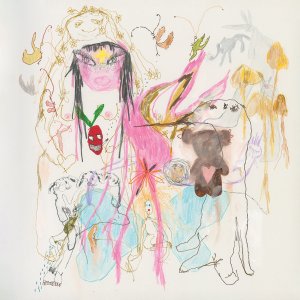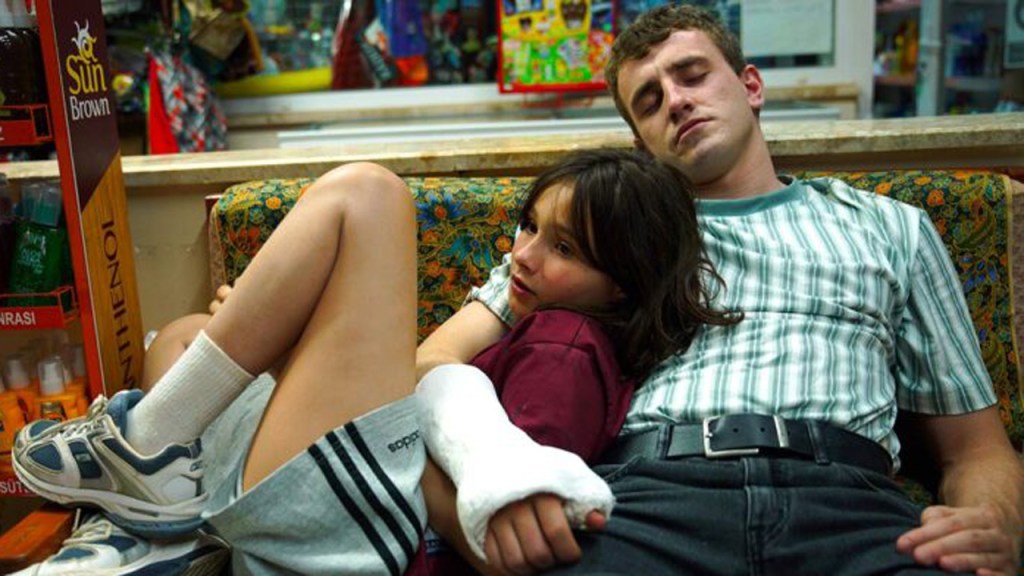
1. AFTERSUN
A few nights after viewing this, I was still piecing it together—less in terms of logistics than taking in all the shifting perspectives, recurring images, ambiguous tones and sustained feeling of drifting in and out of consciousness. Then again, I like movies that are somewhat unknowable. I retain and reflect on the experience of watching this more than anything else I’ve seen in some time. Charlotte Wells’ debut feature is less a key for a lock than an open door into another way of seeing. Also, Paul Mescal proves that his breakthrough performance in NORMAL PEOPLE was just an inkling of things to come.
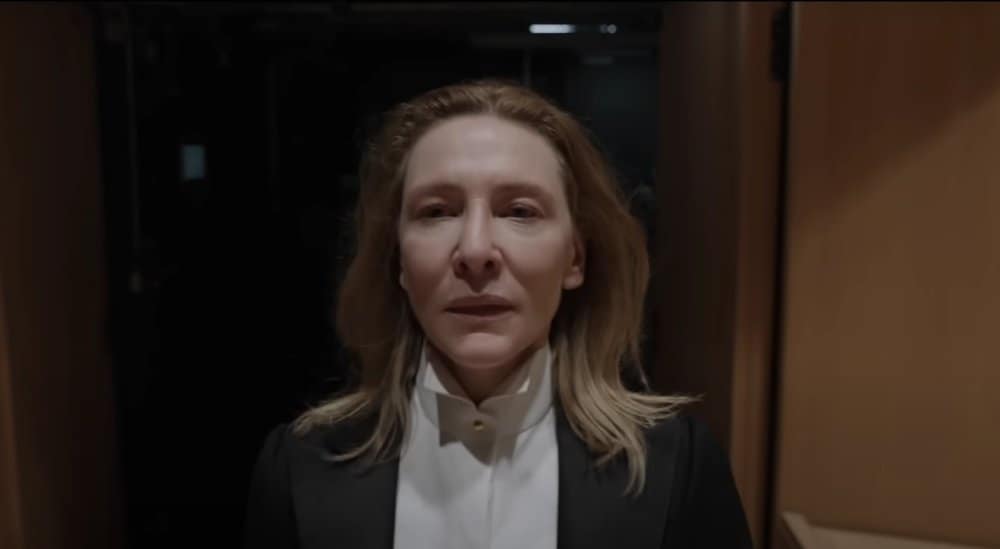
2. TÁR
A great film, and writer/director Todd Field and star Cate Blanchett seem to know it; such air would normally be off-putting, but the fluidity and grace with which the whole thing moves (acrobatic sound design and all) reminds me of something like Kenneth Lonergan’s MARGARET but minus that film’s pretensions towards greatness, or perhaps everything comes together so convincingly that it doesn’t matter. A pitch-black comedy in prestige drama clothing, TÁR is sui generis, nearly as entertaining as Paul Thomas Anderson and as enigmatic as Kubrick. 158 minutes have rarely passed by so swiftly.

3. AFTER YANG
I recently wrote something about falling in love with a film over its opening credits, and I think this one is a contender. A tad more accessible and also genre-defying than director Kogonada’s last film COLUMBUS without lessening the qualities that made it unique, it’s science fiction without walls, exploring artifice and memory and what it could look like if the two would ever intersect. Also, I want to feel as passionate about and satiated by something as Colin Farrell’s character (his best work since THE LOBSTER, though see also #11 below) is with regards to tea.

4. MEMORIA
Apichatpong Weerasethakul’s first film outside of Asia (and follow-up to my favorite film of the last decade) is no less experimental than his previous work, thank god. Tilda Swinton’s been an expertly intuitive reactor since her Derek Jarman days, and this might be her most fascinating performance in some time for how she simultaneously commands the screen and also fades into it. I found this fascinating (if equally confounding) after my first viewing; it made somewhat more sense after a second viewing but remained, like everything else the director has done, slow, perplexing, surprising and one-of-a-kind.
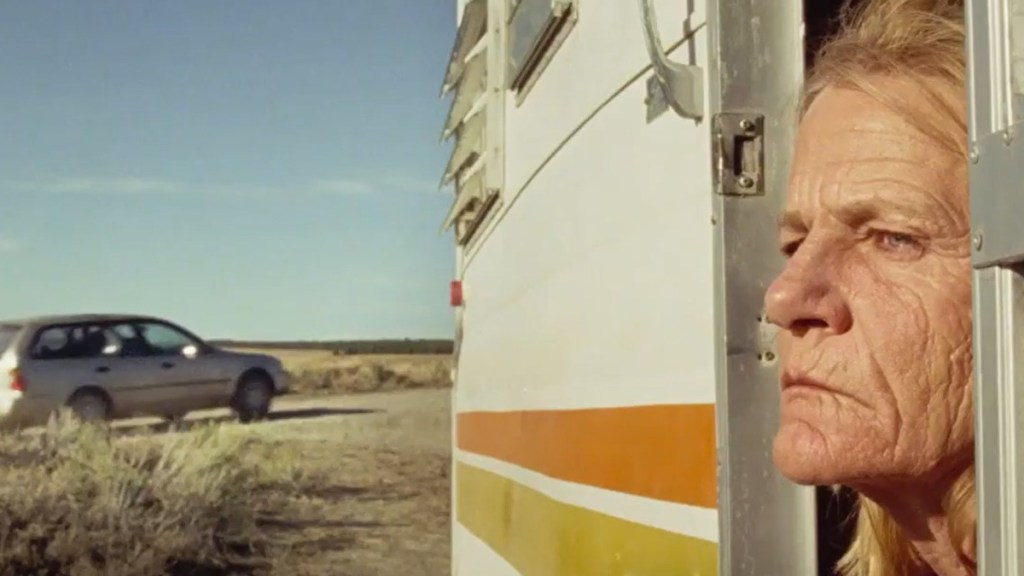
5. A LOVE SONG
Her weathered face, Tennessee accent and general moxie has relegated Dale Dickey to smaller, supporting parts (most notably WINTER’S BONE); here, she’s as earthy and tenacious as you’d expect, but this tailor-made leading role allows her to exhibit much more vulnerability and warmth than usual. Furthermore, writer/director Max Walker-Silverman’s gem of a first feature gradually reveals itself as a film about time and loss, the need for connection and the benefit of perseverance and finding strength within. Although Dickey’s character doesn’t stray far from where she’s anchored her trailer, she goes on a considerable journey of the soul.

6. DRIVE MY CAR
Despite all the awards it received last year, I’m counting this as a 2022 film since it didn’t screen or stream here until then. The allure of this bold if leisurely paced Murakami adaptation is that you don’t necessarily know where it’s going, but when it gets there, the impact is staggering without seeming showy or unearned. I first saw it last March and am still looking forward to carving out another three hours to watch it again.

7. THE ETERNAL DAUGHTER
Call it the year of Tilda Swinton, I guess, or call this Joanna Hogg’s THE PARENT TRAP, only Swinton plays mother and daughter instead of twins, the genre’s gothic/psychological horror (set at an equally creepy/charming old British estate/hotel) rather than Disney rom-com, and the dog (Swinton’s own pet!) gets fourth billing. Also the third of a trilogy (which includes THE SOUVENIR, PART II (see below)) and possibly the best of the three.
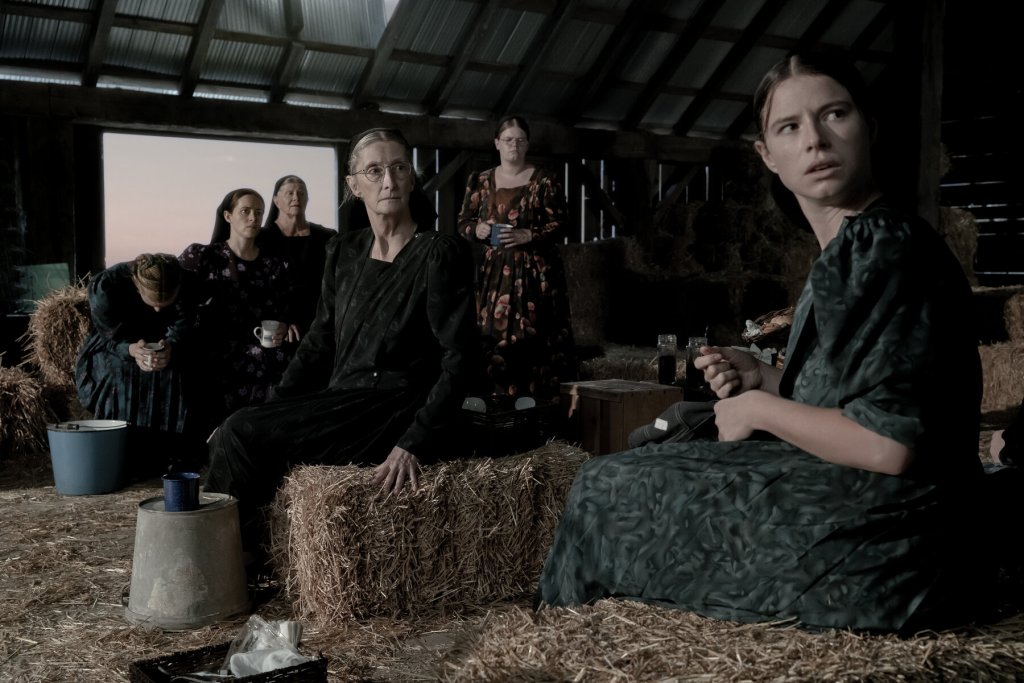
8. WOMEN TALKING
Mostly meeting my ridiculously high expectations for it, Sarah Polley’s return to filmmaking is both of the moment and seemingly timeless. Though the story occasionally oversteps and the final section drags a bit, those are minor complaints: here, Polley depicts a world contained to the point of being restrictive; with great catharsis and reasoning, the film shows with artful clarity why this is damaging and what future generations can do to avoid succumbing to such a closed-off, incomplete life.
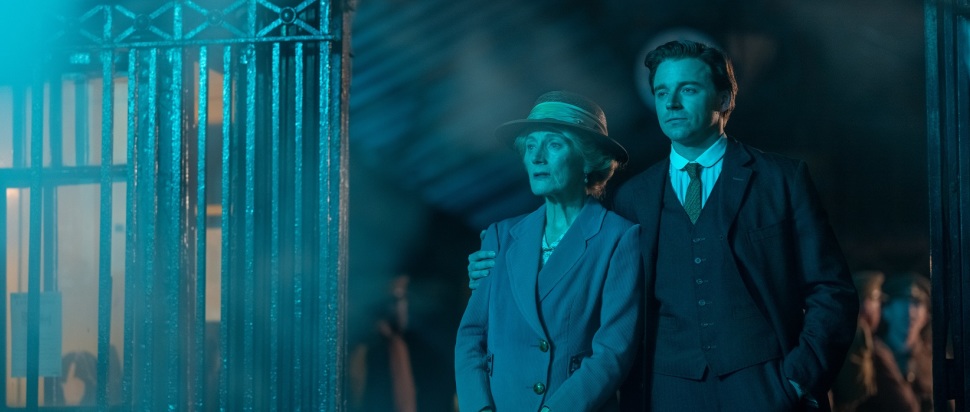
9. BENEDICTION
Terence Davies’ portrait of World War I soldier/poet Siegfried Sassoon is as unique as you’d expect from the director; what I wasn’t expecting was something more akin to his early masterworks like THE LONG DAY CLOSES than anything he’s done since. Along with his other recent poet biopic about Emily Dickinson, Davies is clearly on a late-career high with this, his most deliciously bitchy film to date (and it doesn’t even have Laura Linney in it.)
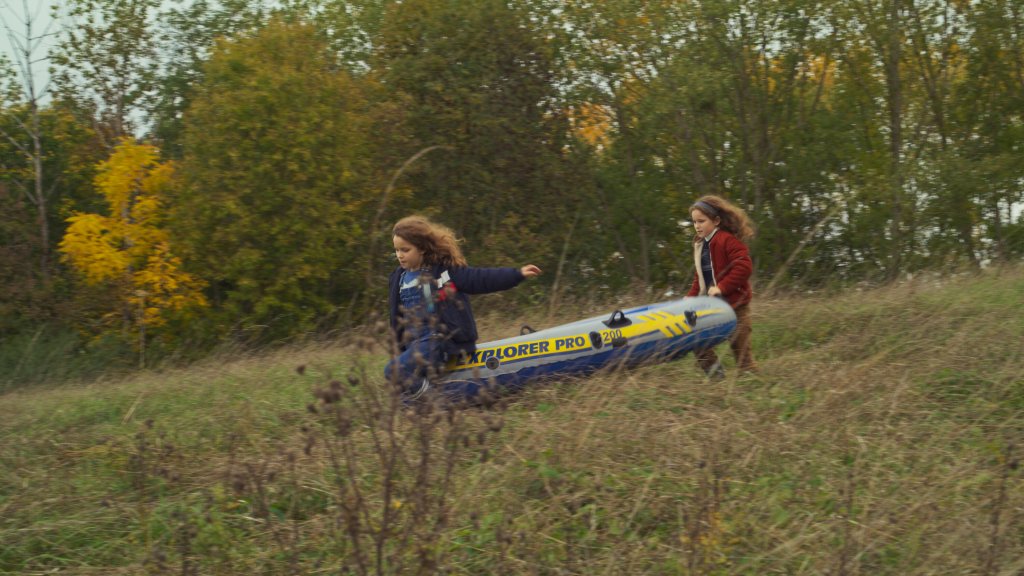
10. PETIT MAMAN
Celine Sciamma follows her most acclaimed work (PORTRAIT OF A LADY ON FIRE, already placing high in this decade’s Sight and Sound poll) with a deceptively simple fantasy about memory and motherhood that ends up one of her more conceptually ambitious films. As usual, she builds a fully realized world built out of a few essential components, only this time with a playfulness-bordering-on-whimsy that’s difficult to pull off (but rest assured, she does.)
11. THE BANSHEES OF INISHERIN
Makes a lasting impact for the striking, evocative landscapes, the performances and the confirmation that an isolated place, no matter how striking or evocative can be heaven for a few days and deadening for an eternity.
12. GIRL PICTURE
An immensely likable Finnish indie dramedy which portrays female teen relationships with a genuineness that’s instantly winning—up there with the likes of OUR SONG and GHOST WORLD (though far sweeter and less acerbic.)
13. THE DOG WHO WOULDN’T BE QUIET
“You’ll be fine, it will pass, you’ll get used it,” our protagonist is dutifully told in this purposely disorienting but intriguing, unclassifiable reverie from Argentinian director Ana Katz.
14. STRAWBERRY MANSION
Set in a near-future where dreams are taxed by the government, I knew I adored this film about ten minutes in when the title card appeared (let’s just say it involves an ice cream cone.)
15. ALI & AVA
From the director of THE ARBOR, it has a good beat and you can dance to it (to quote American Bandstand.) Also gratifying to see Adeel Akhtar and Claire Rushbrook cast as unconventional romantic leads.
16. THE CATHEDRAL
A sort of autobiography relayed in carefully chosen fragments, it plays like BOYHOOD condensed to ninety minutes but with four different actors instead of one (because it wasn’t shot over a dozen years.)
17. GLASS ONION: A KNIVES OUT MYSTERY
Rian Johnson can make as many of these as he likes as long as he keeps assembling dynamite casts and giving Daniel Craig-as-Benoit Blanc phrases to drawl like “Jared Leto’s Hard Kombucha.”
18. THE WORST PERSON IN THE WORLD
Divided into a very Godard-ian twelve chapters with a prologue and epilogue, Joachim Trier’s latest plays with form and genre; it also verges on precious at times only to always snap back into sharp focus.
19. PETER VON KANT
This is how you remake Fassbinder: cast a boisterous lead (Denis Menochet) who could play him in a biopic and include a glorious running sight gag like poor, dear, silent slave-twink Karl (Stefan Crepon).
20. EVERYTHING EVERYWHERE ALL AT ONCE
Unlike SWISS ARMY MAN, this is silliness I can fully abide, thanks to Michelle Yeoh and the rest of its glorious weirdo ensemble. Nearly a BEING JOHN MALKOVICH for the internet age of info-overload.
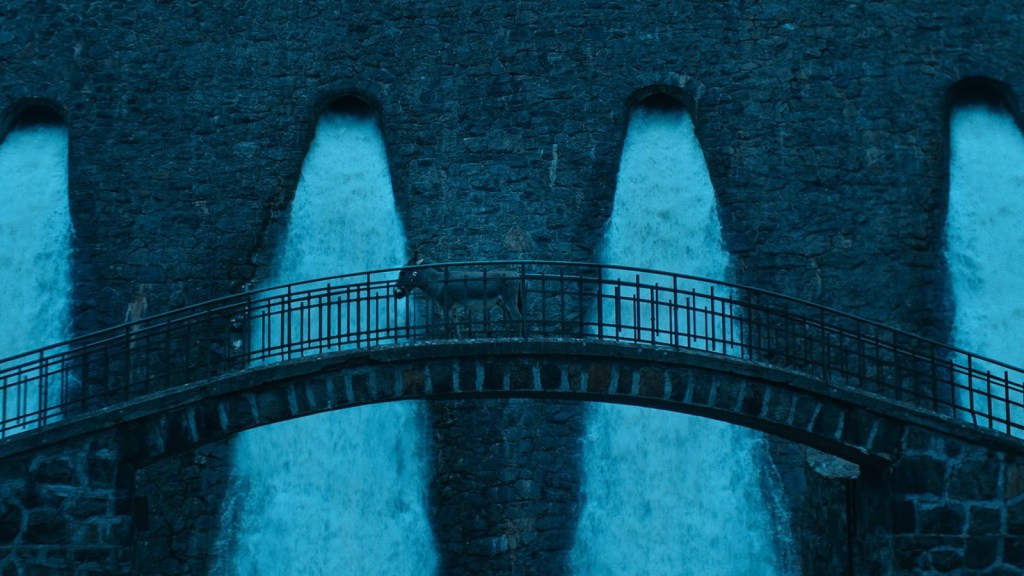
ALSO RECOMMENDED:
AHED’S KNEE
ANNE AT 13,000 FEET
BROKER
COMPARTMENT NO. 6
DECISION TO LEAVE
DESCENDANT
EO
FIRE OF LOVE
GIRL TALK
GREAT FREEDOM
HIT THE ROAD
LAST FLIGHT HOME
OFFICIAL COMPETITION
PLAYGROUND
THE SOUVENIR, PART II
SR.
ZERO FUCKS GIVEN





